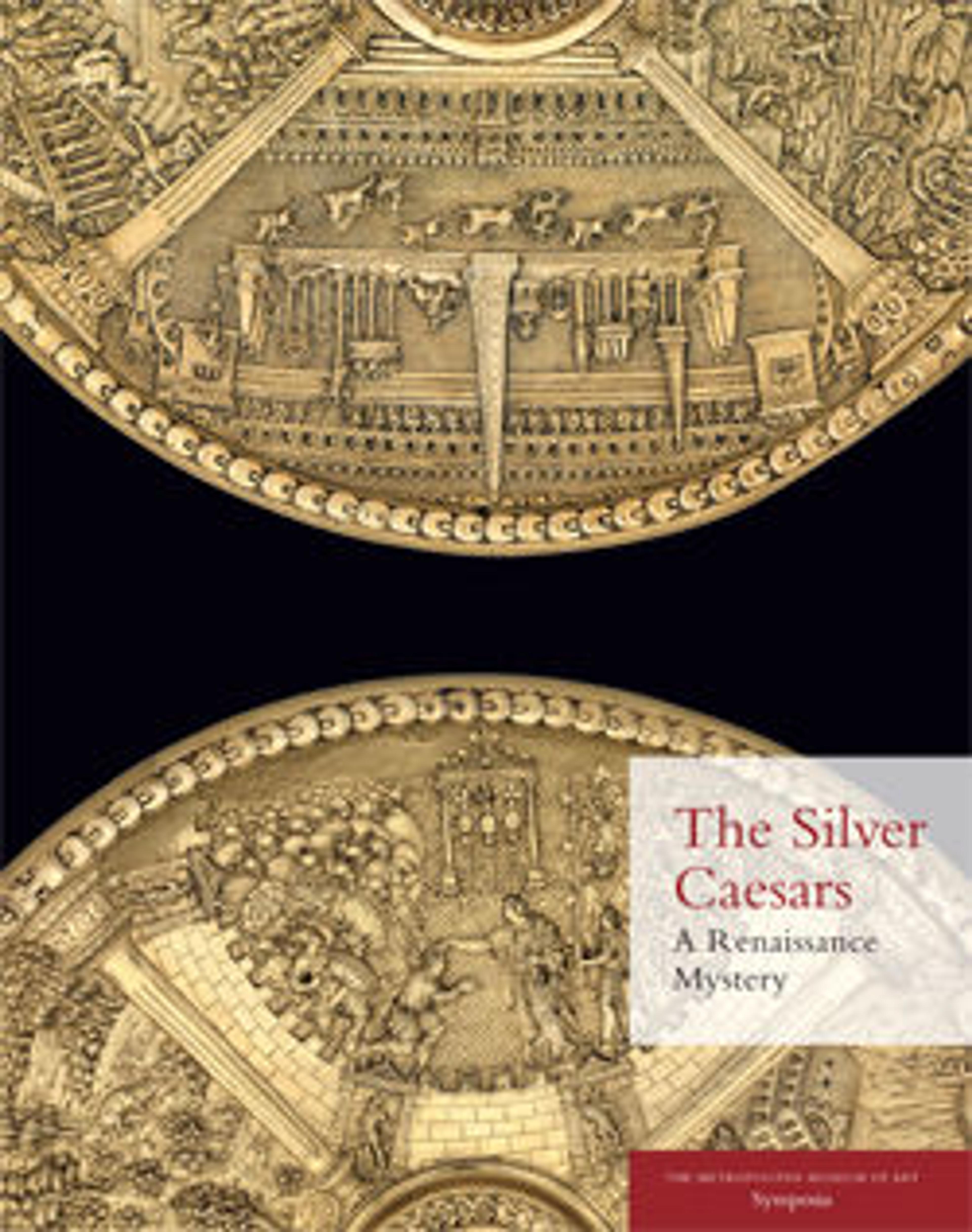
The Silver Caesars: A Renaissance Mystery
The twelve monumental silver-gilt standing cups known as the Aldobrandini Tazze constitute perhaps the most enigmatic masterpiece of Renaissance European metalwork. Topped with statuettes of the Twelve Caesars, the tazze are decorated with marvelously detailed scenes illustrating the lives of those ancient Roman rulers. The work’s origin is unknown, and the ensemble was divided in the nineteenth century and widely dispersed, greatly hampering study. This volume, inspired by a groundbreaking symposium at The Metropolitan Museum of Art, examines topics ranging from the tazze’s representation of the ancient world to their fate in the hands of nineteenth-century collectors, and presents newly discovered archival material and advanced scientific findings. The distinguished essayists propose answers to critical questions that have long surrounded the set and shed light on the stature of Renaissance goldsmiths’ work as an art form, establishing a new standard for the study of Renaissance silver.
Met Art in Publication
Citation
Siemoneit, Julia, Metropolitan Museum of Art, and Waddesdon Manor, eds. 2017. The Silver Caesars: A Renaissance Mystery. The Metropolitan Museum of Art Symposia. New York: The Metropolitan Museum of Art.
